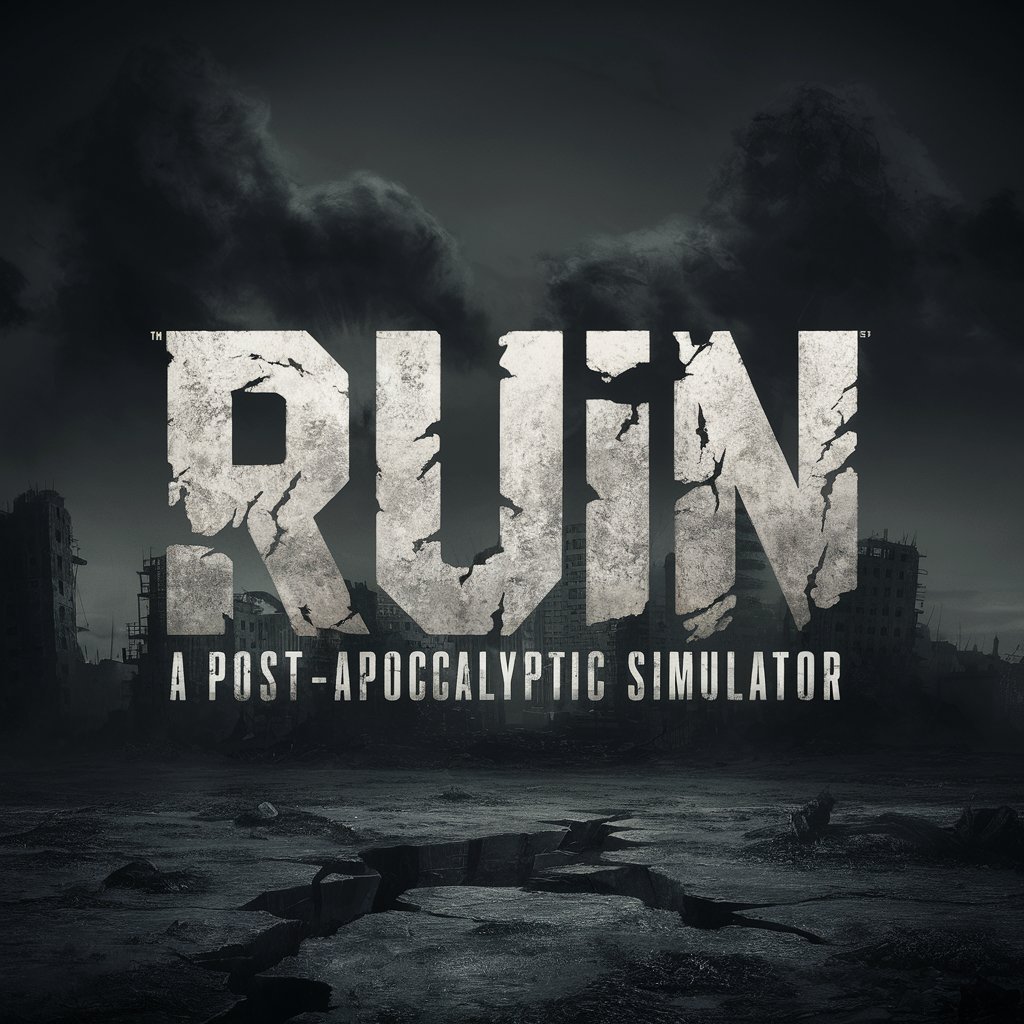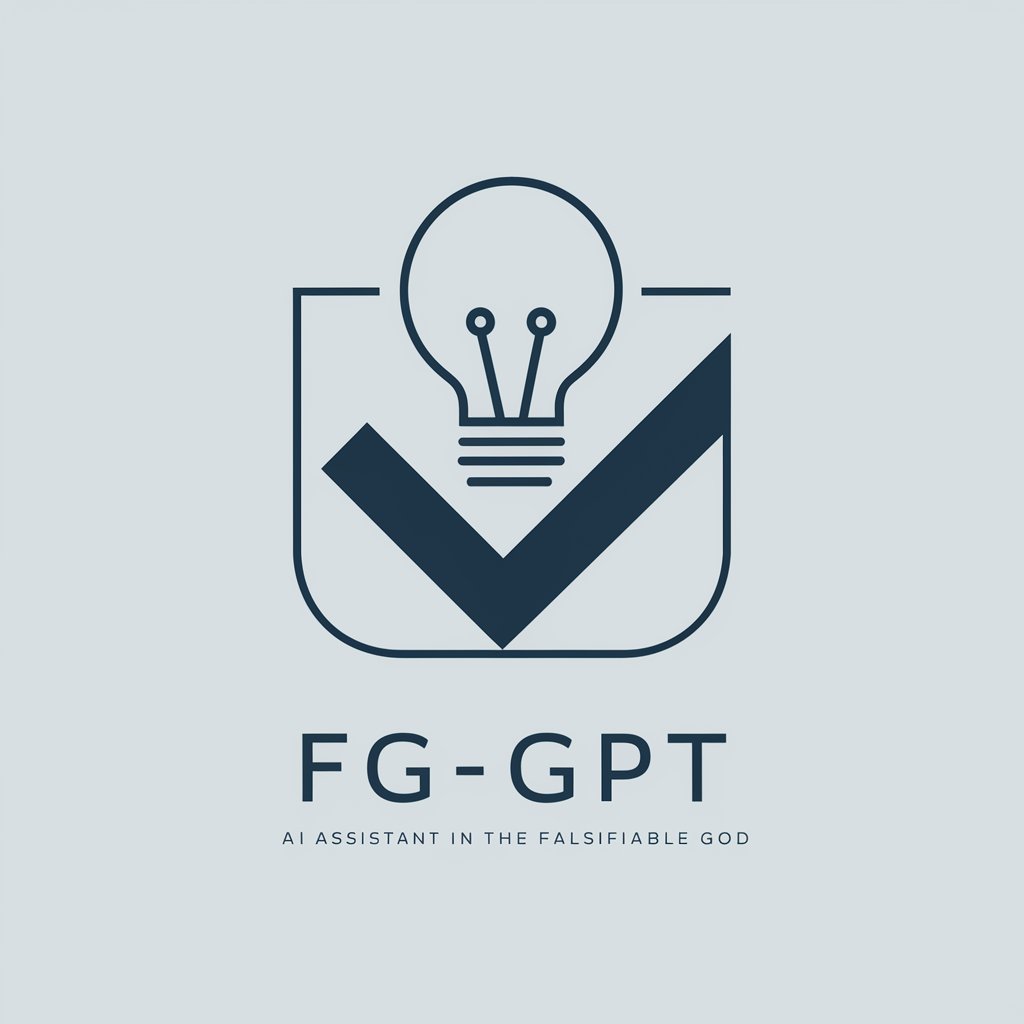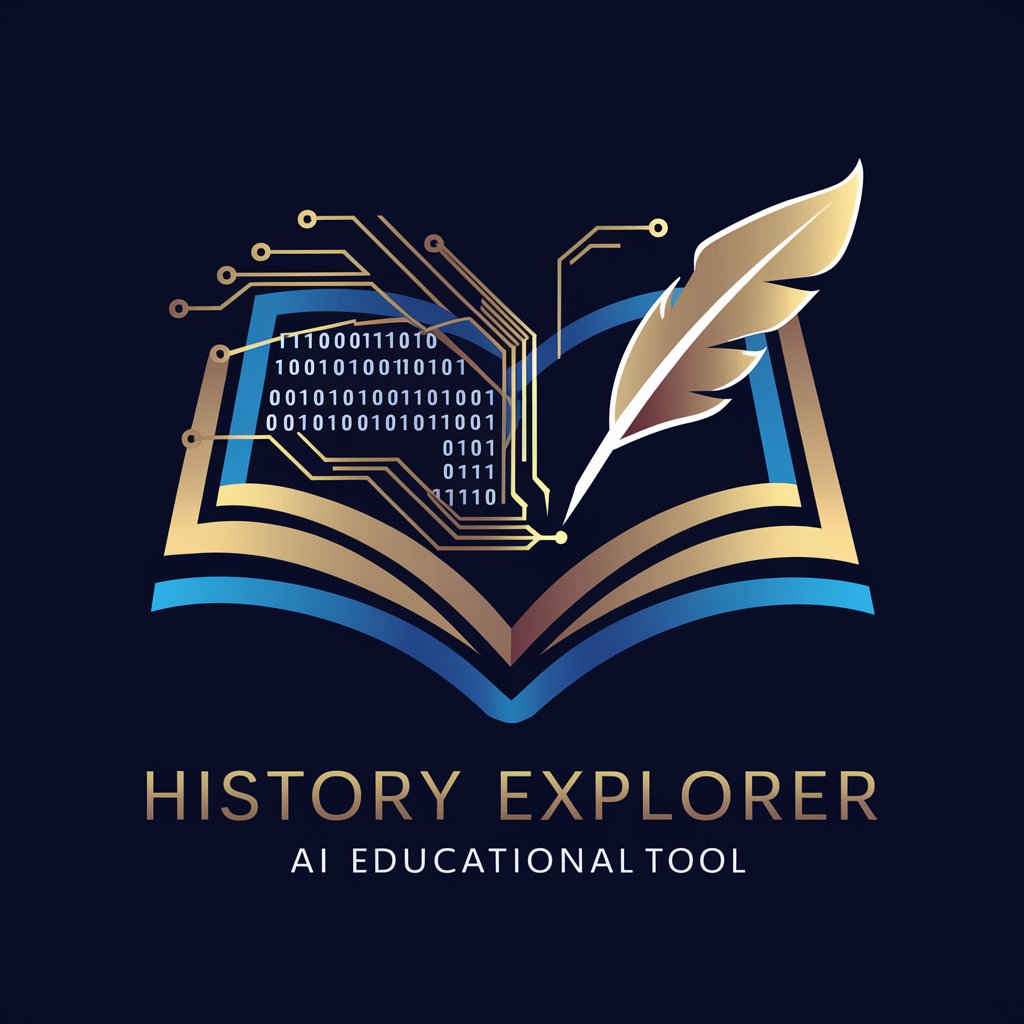Ordinals API - Bitcoin Inscription Analysis

Welcome to the Ordinals API GPT, your go-to for Bitcoin Ordinals insights!
Deciphering the Bitcoin Blockchain
Explain how Bitcoin Ordinals work and their significance in the blockchain ecosystem.
Generate a detailed description of the process for inscribing data on Bitcoin using Ordinals.
Describe the metadata structure of Bitcoin Ordinals and its potential use cases.
Outline the steps for retrieving child inscriptions from a parent inscription using the Ordinals API.
Get Embed Code
Overview of Ordinals API
The Ordinals API is a specialized tool designed for interacting with Bitcoin Ordinals, a system that inscribes data permanently onto individual satoshis, the smallest unit of Bitcoin. Its primary function is to facilitate the retrieval and analysis of data related to these inscriptions. This includes fetching detailed information about specific inscriptions, tracking the block height and time, and accessing data about child inscriptions derived from a parent inscription. It's particularly useful for analyzing the evolution and proliferation of these digital artifacts within the Bitcoin blockchain. Powered by ChatGPT-4o。

Core Functions of Ordinals API
Retrieving Latest Block Height
Example
Determining the current block height of the Bitcoin network.
Scenario
A user wants to verify the most recent block in the Bitcoin blockchain to analyze the latest inscriptions.
Fetching Block Hash from Block Height
Example
Retrieving the hash of a specific block based on its height.
Scenario
An analyst needs to examine the transactions in a specific block, identified by its height, to study inscription trends.
Accessing Children Inscriptions
Example
Listing the first 100 child inscriptions from a given parent inscription.
Scenario
A digital art collector tracks how a particular artwork inscription has been replicated or referenced in subsequent inscriptions.
Exploring Inscription Metadata
Example
Retrieving detailed metadata from a specific inscription ID.
Scenario
A researcher analyzes the metadata of an inscription to understand its content, origin, and significance.
Listing Inscriptions on a Sat
Example
Accessing inscriptions associated with a particular sat number.
Scenario
A Bitcoin enthusiast explores the range of inscriptions tied to a specific satoshi, revealing its historical significance.
Target User Groups for Ordinals API
Blockchain Researchers
Individuals or entities studying the Bitcoin blockchain, focusing on the patterns, trends, and implications of inscriptions. They benefit from detailed data access for comprehensive analysis.
Digital Art Collectors and Creators
Participants in the digital art space, using the API to track the lineage and authenticity of inscribed artworks, enhancing their understanding and valuation of digital art pieces.
Bitcoin Enthusiasts and Investors
Those deeply engaged in the Bitcoin ecosystem, seeking to explore and understand the novel uses of Bitcoin satoshis beyond just currency, thereby enriching their Bitcoin experience.
Financial Analysts and Fintech Developers
Professionals analyzing financial trends in blockchain and developers creating fintech solutions can utilize the API for insights into emerging Bitcoin-based innovations.

Guidelines for Using Ordinals API
Initial Access
Visit yeschat.ai for a free trial without login, also no need for ChatGPT Plus.
Understanding Ordinals
Familiarize yourself with Bitcoin Ordinals, including Inscription IDs and Sat Numbers, to effectively utilize the API.
API Integration
Integrate the Ordinals API into your system or application, ensuring compatibility and secure data exchange.
Query Execution
Use the API to query information about specific Inscription IDs, Child Inscriptions, and Sat Numbers, as per your requirement.
Data Interpretation
Analyze the data retrieved from the API to gain insights or information relevant to your specific use case.
Try other advanced and practical GPTs
RUIN A Post-Apocalyptic Simulator
Survive. Decide. Thrive. AI-Powered Apocalypse.

FG-GPT
Empowering Creativity with AI

Fundraising Hackers GPT
Navigate Startup Fundraising with AI Expertise

App Script Coding Assistant
Power Your Projects with AI-Driven Scripting

Oneironaut Mentor
Navigate Dreams with AI Guidance

Truth Seeker
Discover the Truth with AI Precision

X Persona GPT
Mimic any Twitter persona, AI-powered.

Pavement Picasso
Transform images into Picasso-style chalk art.

Science Lab Assistant
Empowering Scientific Discovery with AI

Kiltar Fútbol IA
Elevate Your Game with AI Coaching

History Explorer
Enlighten Your Past with AI-Powered History

SNL GPT | More Cowbell!
Inject fun into every interaction with AI-powered cowbell!

Frequently Asked Questions about Ordinals API
What is an Inscription ID in the context of Ordinals API?
An Inscription ID uniquely identifies a piece of data or 'inscription' added to a Bitcoin satoshi, allowing for tracking and retrieval of information related to that specific inscription.
How can I retrieve child inscriptions from a given inscription ID?
Use the Ordinals API to input a parent inscription ID, and it will return a list of child inscription IDs, enabling you to explore related data inscribed on the Bitcoin network.
What are Sat Numbers, and how are they used in the Ordinals API?
Sat Numbers refer to specific satoshis on the Bitcoin network. The API allows users to retrieve information about inscriptions associated with a particular sat number.
Can the Ordinals API be used for tracking digital art provenance?
Yes, the API can track digital art inscribed on the Bitcoin network by querying the Inscription IDs associated with the art, ensuring authenticity and provenance.
Is the Ordinals API suitable for academic research?
Absolutely, the API is an invaluable tool for researchers analyzing blockchain technology, digital assets, or studying the evolution of Bitcoin-based applications.
